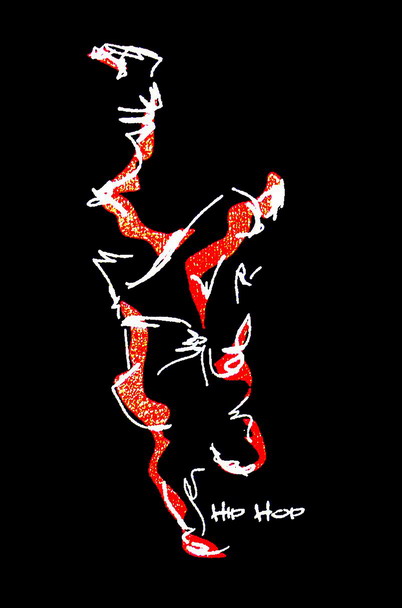



In America around the late 1960s, graffiti was used as a form of expression by political activists, and also by gangs such as the Savage Skulls, La Familia, and Savage Nomads to mark territory. Towards the end of the 1960s, the signatures—tags—of Philadelphia graffiti writers Top Cat,[60] Cool Earl and Cornbread started to appear.[61] Around 1970–71, the center of graffiti innovation moved to New York City where writers following in the wake of TAKI 183 and Tracy 168 would add their street number to their nickname, "bomb" a train with their work, and let the subway take it—and their fame, if it was impressive, or simply pervasive, enough—"all city". Bubble lettering held sway initially among writers from the Bronx, though the elaborate Brooklyn style Tracy 168 dubbed "wildstyle" would come to define the art.[60][62] The early trendsetters were joined in the 70s by artists like Dondi, Futura 2000, Daze, Blade, Lee, Zephyr, Rammellzee, Crash, Kel, NOC 167 and Lady Pink.[60]
The relationship between graffiti and hip hop culture arises both from early graffiti artists practicing other aspects of hip hop,[63] and its being practiced in areas where other elements of hip hop were evolving as art forms. Graffiti is recognized as a visual expression of rap music, just asbreaking is viewed as a physical expression. The book Subway Art (New York: Henry Holt & Co, 1984) and the TV program Style Wars (first shown on the PBS channel in 1984) were among the first ways the mainstream public were introduced to hip hop graffiti.
 |





